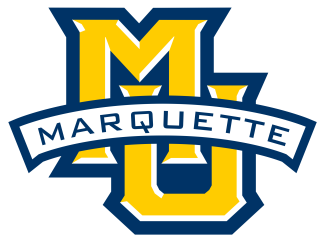Harrow flew to Landstuhl Regional Medical Center in Germany, and once he was stable, he headed to Walter Reed Medical Center in Bethesda, Md.
There, doctors told him he would be discharged in 4-6 months. He stopped taking pain medications early on and rolled out in a wheelchair in just two months. But his femur was too short to fit prosthetic limbs.
“I wanted to find the solution,” Harrow said. “They gave me the, ‘At least you’re alive and you’ll be in a wheelchair. This is life.’ I told them I was a collegiate athlete and a Green Beret. I get that the wheelchair is going to be part of my life, but I want to be up and walking.”
While researching how he could fix his femur, Harrow stumbled upon a procedure used on models in China where doctors broke shinbones to have them grow back. It was farfetched, but he asked doctors to see if it was plausible.
Harrow found Dr. Mark Dahl in Minneapolis, who agreed to make him the first amputee patient in America approved for this remarkable procedure — called an osseo-distraction — that would add 2-3 inches to his femur.
Dr. Dahl inserted a rod into Harrow’s leg. It took 11 months and three different surgeries, but Harrow grew back 6.5 inches of his femur — setting world records for the shortest stump ever lengthened and the most bone regenerated.
The process worked so well that it has become the standard at Walter Reed for soldiers with similar injuries. It gave Harrow the chance to wear prosthetic legs, walk again and maybe even play lacrosse again.
“That was one of the things that drove him to be so successful in his rehab was to get back on the lacrosse field,” said Couch, who graduated from special ops training with Harrow. “I know that meant so much to him and everyone that saw him.”
Harrow attended previous Shootout for Soldiers events in 2013 and 2014, but was determined to make it back on legs. By June 2016, he was ready.
He took the field with Mineo, the Army faceoff specialist who grabbed a long pole to help his best friend on the back line.
“Him and I taking the field again, just like we did a decade before at West Point,” Mineo said. “Step by step, him taking goal and me getting the long pole, it just felt right. We’re a team again. Yes, we can fight together again. … There was no place in the world I wanted to be than right there with him.”
Harrow hit another milestone in his recovery when he stepped back on the lacrosse field, but he’s far from done. He’s competing internationally in sled hockey and intends to coach lacrosse at Gonzaga High School (D.C.).
If it’s possible, Harrow said, he’ll do it.
“I have no legs, but I have to keep going with the mission,” he said. “What else am I going to do? Why quit now?”


























































